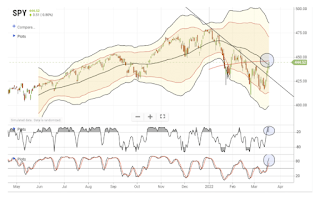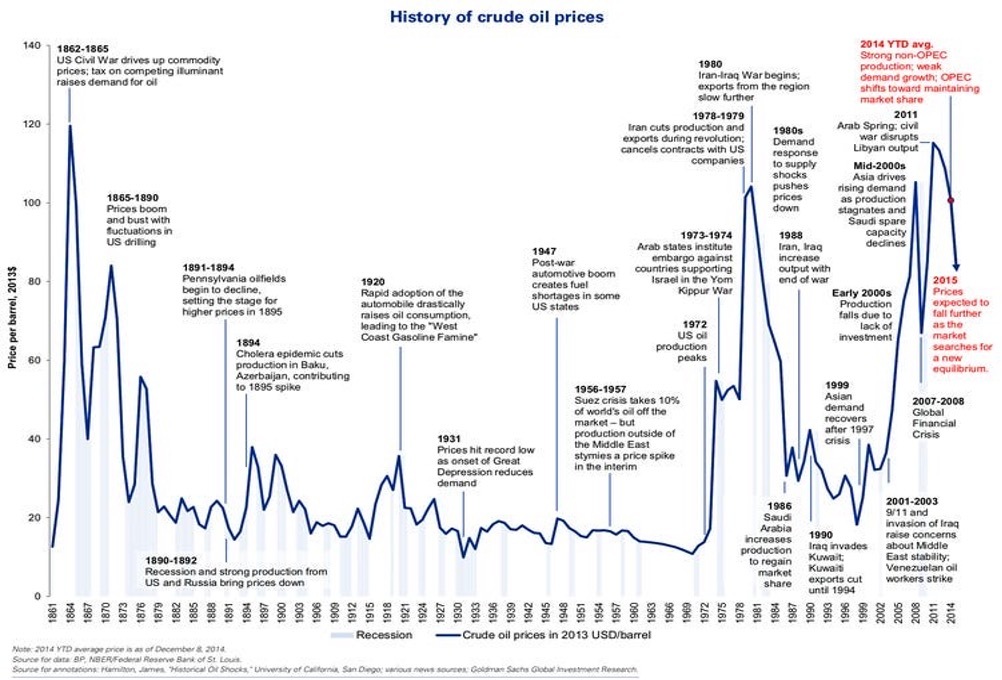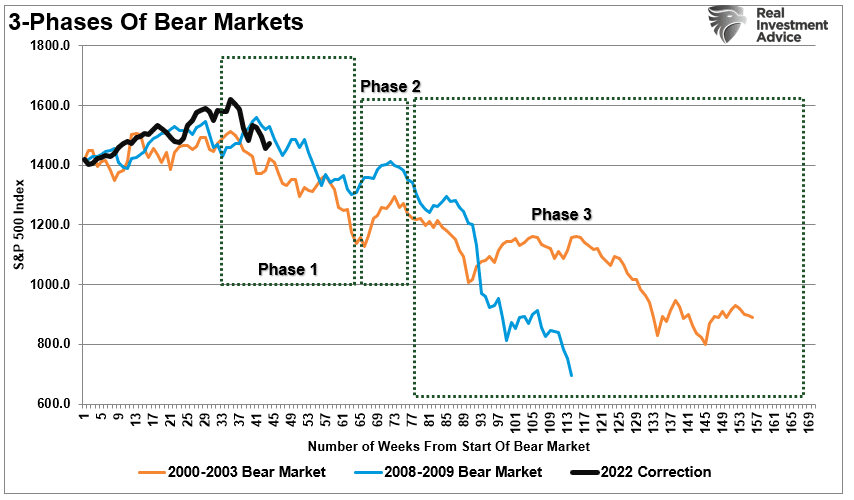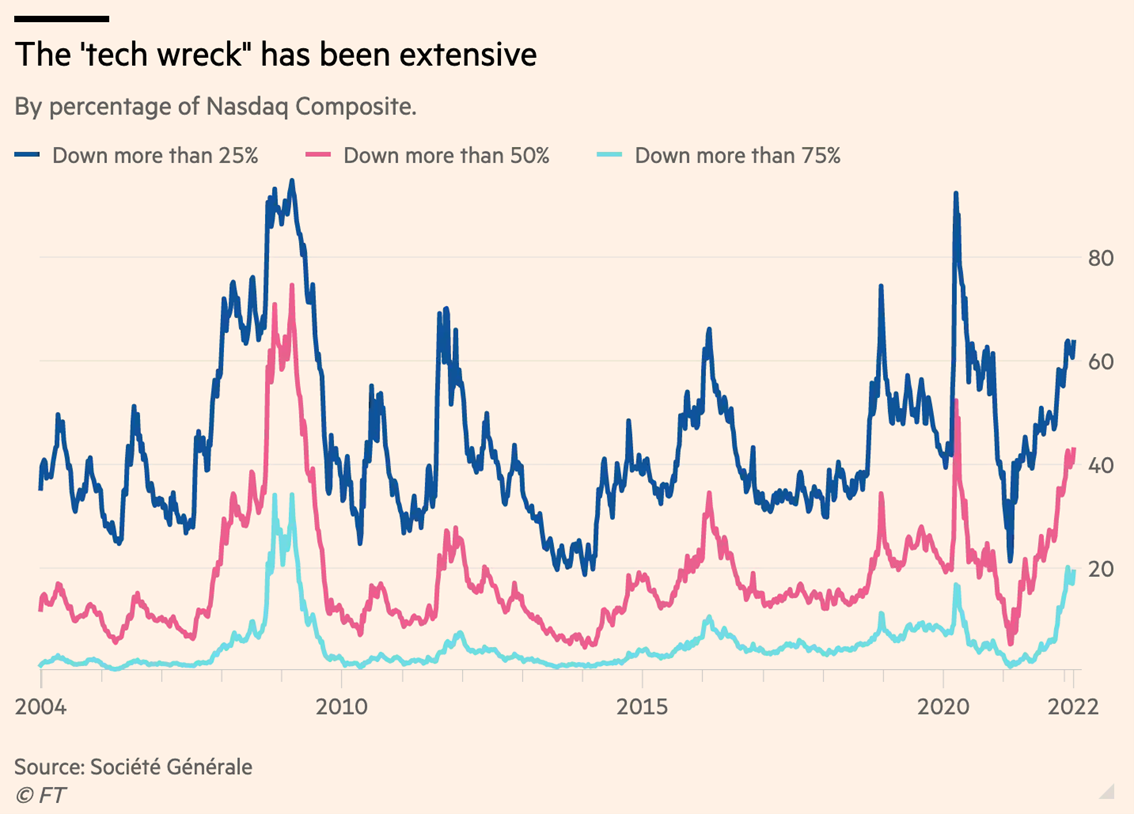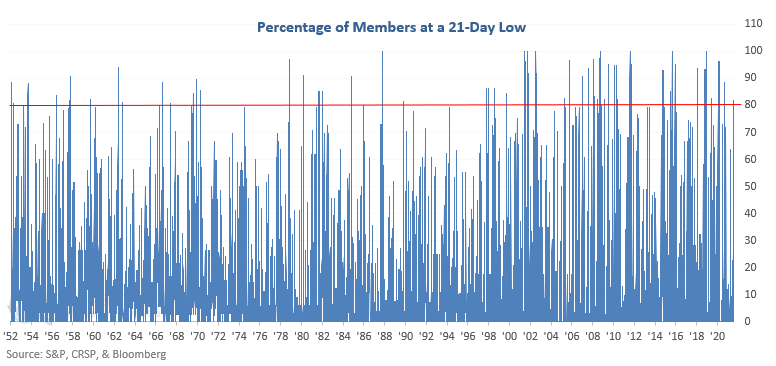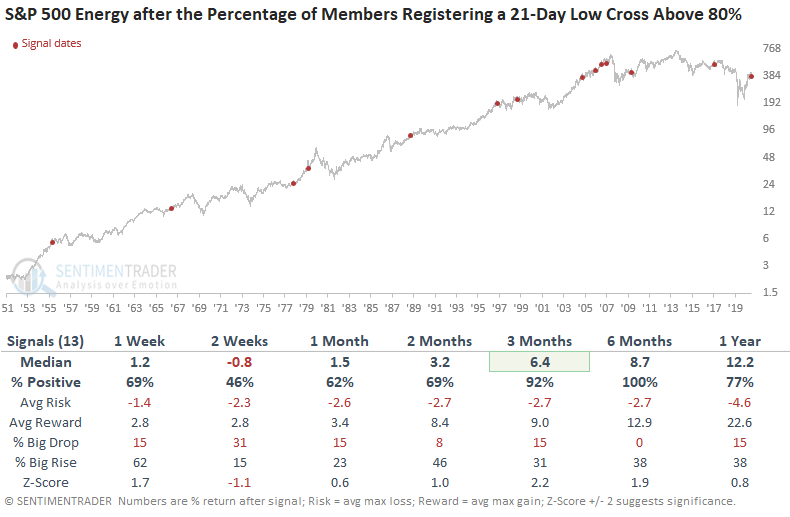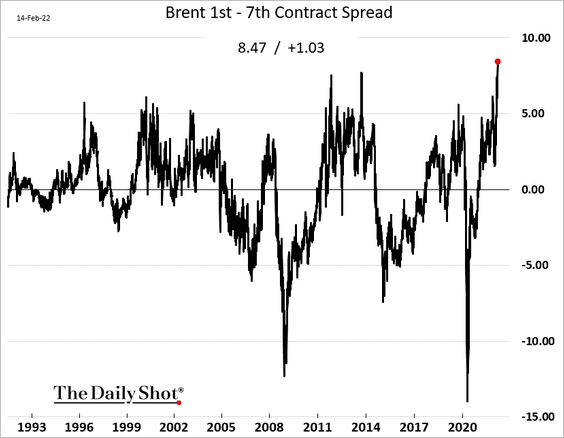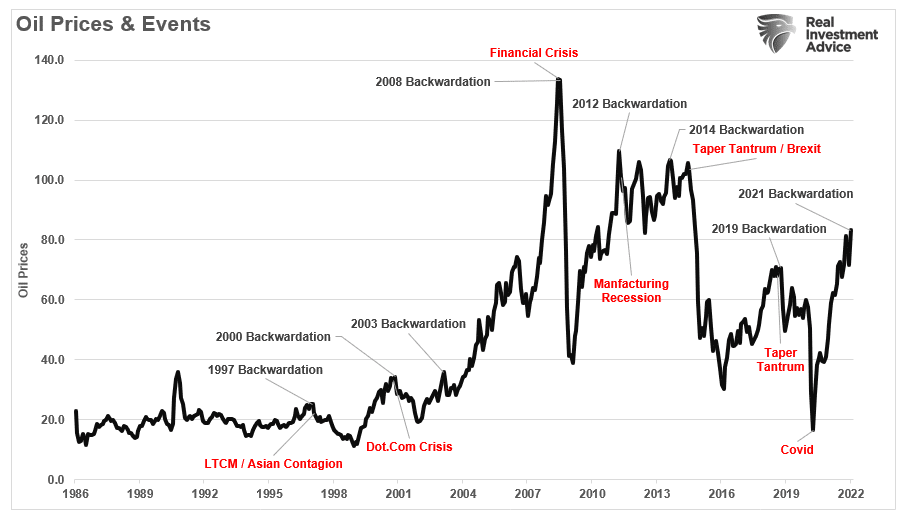With the market on edge, experiencing huge volatility, I'm glad to see some great achievement in the startup companies that I have a stake in. Virgin Hyperloop is one of them. I'm sure this will be a great reward waiting for me when VH goes for IPO some day. Go go go, Virgin Hyperloop💪🤗✌
***********************************************
Virgin Hyperloop has just announced a major pivot away from shuttling passengers to moving cargo. This move comes as the company cut half its staff to be more efficient.
Regular readers may be familiar with Virgin Hyperloop. It develops hyperloop technology to deliver fast, direct, and autonomous travel at scale.
Specifically, it uses magnetic levitation and vacuum tubes to power super-fast "pods" at speeds of up to 600 miles per hour (mph). At this speed, we could travel from New York City to Washington, D.C., in just 30 minutes.
And it's the only company that has proven this technology with human passengers. Passengers have successfully traveled in a 500-meter-long test tube facility in West Virginia. The capsule hit speeds over 100 mph.
We can see the hyperloop in action below:
The Hyperloop in Action

Source: YouTube
And while its shift away from human transport might seem surprising, Virgin Hyperloop's pivot is a smart move for multiple reasons.
Since the onset of COVID-19, travel has naturally fallen. We see this in weekly flight departure statistics. At the end of 2021, the number of flights was still 11% below 2019 levels.
This makes sense. We can now "zoom in" to a meeting anywhere in the world. No train or plane needed – only a good internet connection.
Additionally, there are far fewer regulatory hurdles in transporting cargo than people, which simplifies Hyperloop's business. On the very low chance of an accident, the loss is cargo – not human life.
And there is a need. We've seen massive disruption to both supply chains and labor in the last couple of years.
I can imagine Hyperloop building either above ground, or – even better – an underground network of tubes to connect major shipping and logistics hubs. This would reduce the need for semi-truck drivers. And as the tunnel is underground, there is no risk of running into weather delays.
Imagine having a Hyperloop station at the Port of Los Angeles, where goods could be simply unloaded, checked through customs, and then placed in a pod to shuttle the products out to a distribution facility for sorting and re-routing.
What's more, goods could travel at speeds up to 600 mph. This is 10 times the speed of long-haul truckers. And this hyperloop technology will reduce gasoline demand since the pods run on electricity.
Hyperloop already is in talks with 15 potential customers to deliver goods… And the company has government interest. The Saudi Arabian government is considering a tube from Jeddah, a major port city, to the capital of Riyadh.
Virgin Hyperloop is a company we are tracking on our list of private companies. I wouldn't be surprised to see customers line up for its technology. If this happens, it could make for an exciting initial public offering (IPO).
And this is one more piece of evidence of the shift toward automation.
We're seeing this shift across the board as a result of the supply chain crunch and worker shortages… That's why Virgin Hyperloop's new focus makes so much sense.
Passenger travel can come later after the cargo business takes off. Not having passengers also accelerates time to market because it no longer requires the intense regulatory approvals related to safety that would be required for passenger transport.
Jeff Brown


